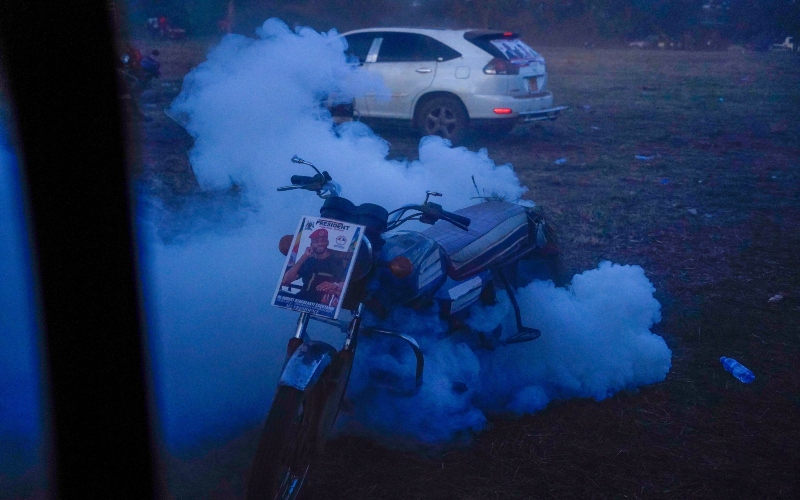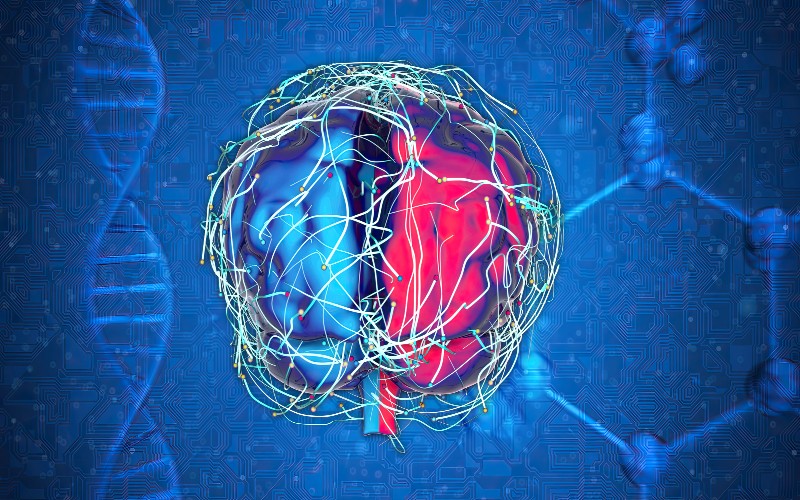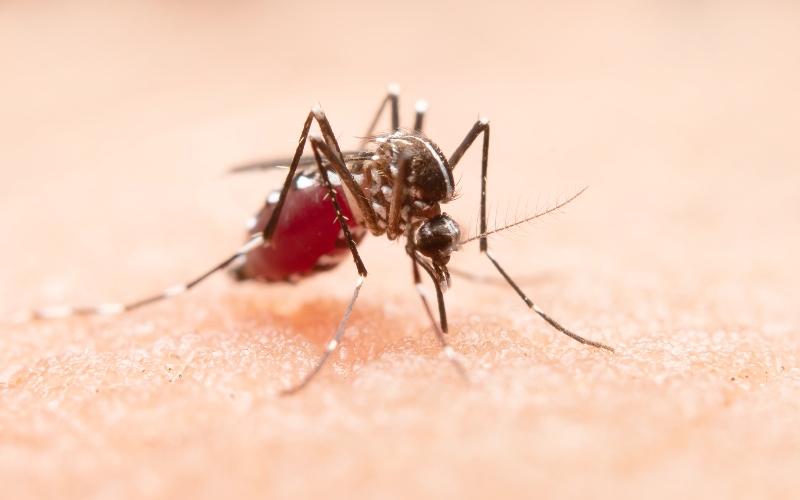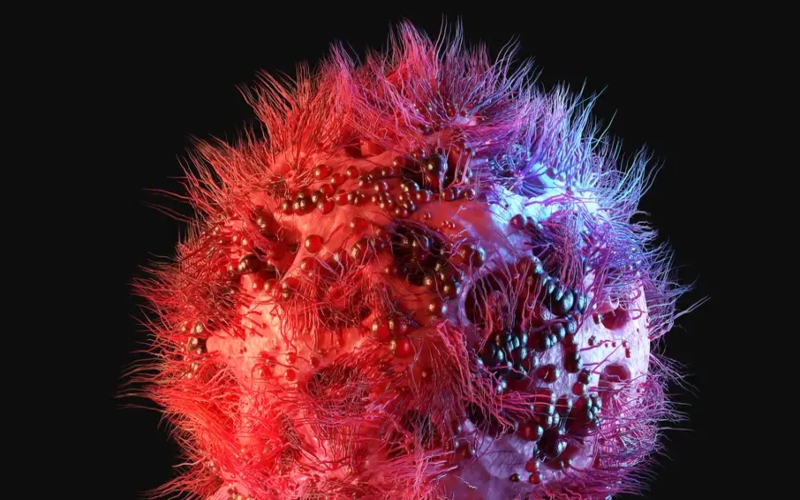Nearly half of university students in Kenya have abused drugs - NACADA

The findings indicate that alcohol, tobacco, cannabis, khat, and even emerging substances such as methamphetamine and codeine syrup are becoming increasingly prevalent among Kenyan students.
At least 46 per cent of students in local universities have abused at least one drug or substance in their lifetime, while 26.6 per cent are actively abusing them, a new report by the National Campaign Against Drug Abuse (NACADA) reveals.
The Status of Drugs and Substance Use among University Students in Kenya (2024) report is based on a study conducted on 15,678 students from 17 private and public universities across the eight administrative units of Nairobi, Coast, Nyanza, Western, Central, Eastern (Upper and Lower), North Eastern, and Rift Valley (North and South).
More To Read
- Murkomen warns perpetrators of by-election violence will face action
- Murkomen warns politicians against deploying supporters to by-election tallying centres
- Murkomen defends recall of Natembeya's security detail ahead of Thursday's by-elections
- Kenya Airways staff jailed for 25 years for trafficking heroin
- Families demand resettlement as 31 landslide victims are laid to rest in Chesongoch
- Over 700 illegal firearms surrendered as Murkomen says State will burn guns once tally hits 1,000
The findings indicate that alcohol, tobacco, cannabis, khat, and even emerging substances such as methamphetamine and codeine syrup are becoming increasingly prevalent among Kenyan students.
Alcohol was found to be the most accessible substance (87.3 per cent), followed by cigarettes (64.4 per cent), shisha (41.2 per cent), vape/e-cigarettes (31.0 per cent), nicotine pouches (30.7 per cent), kuber (23.0 per cent), and snuff/chewed tobacco (22.1 per cent).
The findings further reveal that smoked cannabis was the most accessible narcotic drug (61.7 per cent), followed by cannabis edibles such as weed cookies, weed mabuyu, weed lollipops, and weed juice (47.6 per cent), cocaine (15.1 per cent), and heroin (14.3 per cent).
Speaking during the launch of the report at the Bomas of Kenya on Thursday, Interior Cabinet Secretary Kipchumba Murkomen said the sources of these drugs should serve as a wake-up call for students to be cautious about their friends.
This follows findings indicating that friends were the main suppliers of drugs (66.4 per cent), followed by canteens, bars, or premises within the neighbourhood (59.3 per cent); fellow students within the institution (56.0 per cent); online purchases via websites or social media (39.4 per cent); canteens, bars, or premises within the institution (28.0 per cent); support or non-teaching staff (11.4 per cent); and lecturers or teaching staff (7.0 per cent).
"This is a wake-up call for our children to be careful about their friends. We, as parents, should also make an effort to know our children's friends," the CS cautioned.
Student involvement in the sale and distribution of drugs was also found to be on the rise, both physically and online. Female students were found to have a higher prevalence of moderately severe (6.4 per cent) and severe (4.1 per cent) depressive disorders compared to their male counterparts (5.2 per cent and 3.0 per cent, respectively).
Another key source of drugs, according to the CS, is the Oromo Liberation Army, which has been linked to the increased cross-border sale and distribution of narcotics, particularly cannabis, via Isiolo and Marsabit counties.
"There have been criminals from the Oromo Liberation Army bringing drugs from neighbouring countries and hiding in Marsabit and Isiolo. A number of the people we have arrested have been aiding them, including professionals such as doctors, who have been facilitating their activities and the sale of drugs," said the CS.
Operation Ondoa Jangili
His remarks provided insight into the ongoing Operation Ondoa Jangili in Isiolo and Marsabit counties.
The operation was launched last week to flush out the militia and halt their alleged involvement in trafficking illegal arms and narcotics, human trafficking, dealing in contraband goods, conducting cross-border incursions, illegal mining, instigating tribal conflicts, and kidnapping for ransom—particularly within Sololo, Moyale, North Horr, and Merti sub-counties and their environs.
The multi-agency operation has also been linked to ongoing counter-terrorism efforts in the region.
"We must elevate the fight against drugs and psychotropic substance abuse to the level of anti-terror efforts—or even higher," Murkomen declared.
Inspector General of Police Douglas Kanja noted that the research indicates Kenya has transitioned from being a transit country for drugs to becoming a consumer, underscoring the need to strengthen ongoing efforts.
"We believe that some of the proceeds from these drugs are used to finance terrorism, so we must work closely to ensure our teams are well-funded, equipped, and trained to deal with the situation," he said.
NACADA CEO Anthony Omerikwa highlighted an emerging trend among students—the increased use of synthetic drugs, which are made from legal substances that are difficult to detect. Additionally, he pointed to the "demo effect," in which many young people were introduced to cannabis use during last year's demonstrations based on false claims that it would diminish the effects of tear gas.
"We discovered that some young people, particularly those involved in the protests, were unexpectedly introduced to drug use. They were misled into believing that smoking cannabis would significantly reduce the effects of tear gas," he said.
Among the most widely abused synthetic drugs were prescription drugs (13.9 per cent), followed by inhalants (13.1 per cent), codeine/cough syrups (11.5 per cent), methamphetamine (8.5 per cent), ecstasy/GHB/LSD/psychedelics (8.1 per cent), and ketamine (7.0 per cent).
"Morphine, a potent opioid used for managing severe pain, was reported as an emerging substance of abuse in the students' Focus Group Discussions (FGDs)," the report states.
The report will guide future measures to combat drug and substance abuse and inform the development of new initiatives.
In the meantime, CS Murkomen has directed IG Kanja to strengthen the capacity of police stations near local universities to enhance intelligence gathering and investigations into drug trafficking and usage among students.
He also urged NACADA, in collaboration with university management, to leverage social media and other online platforms to reach students with tailored prevention programmes and factual messaging to counter myths, misinformation, and misconceptions about drugs and substance abuse.
Top Stories Today












































